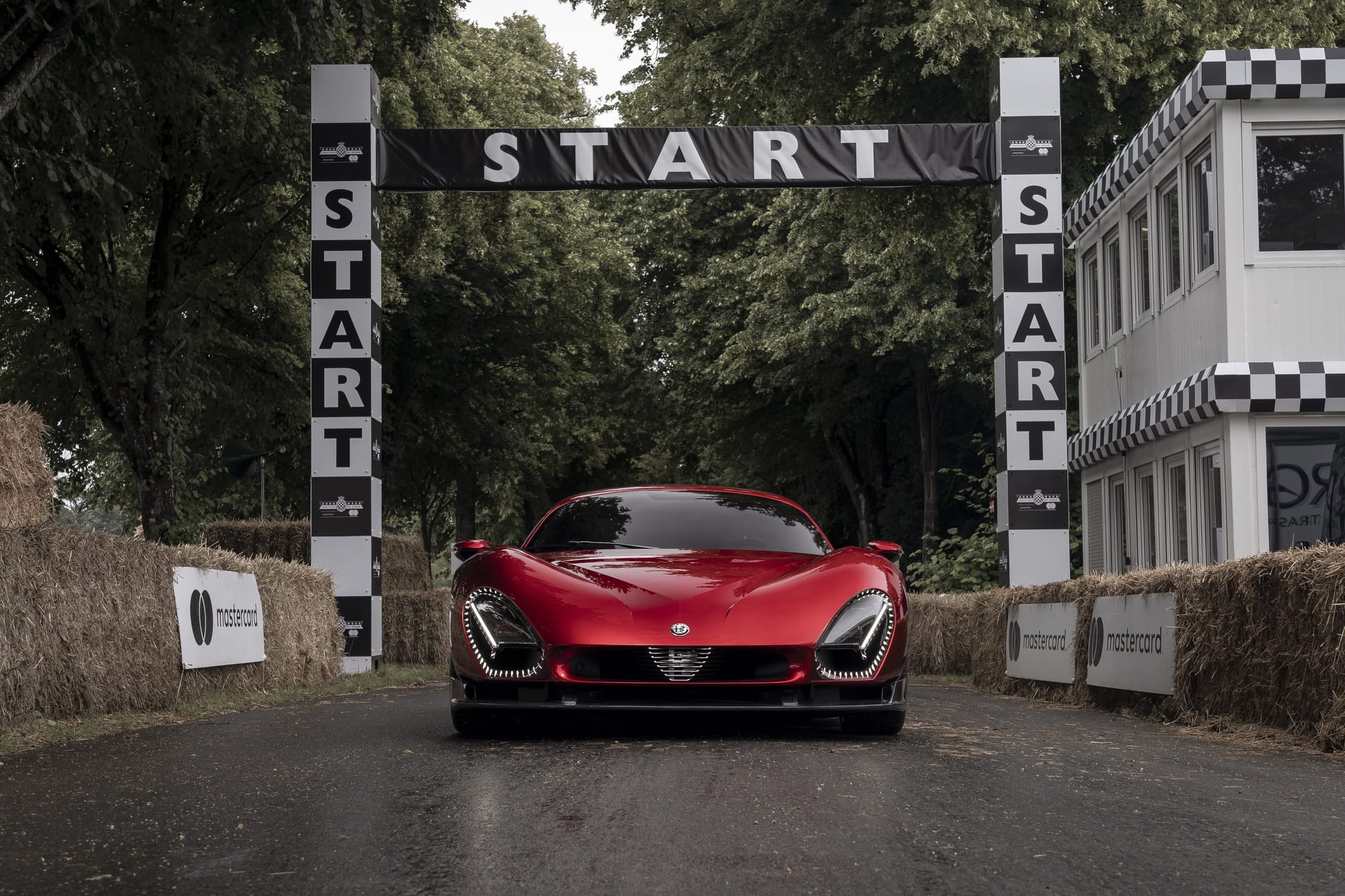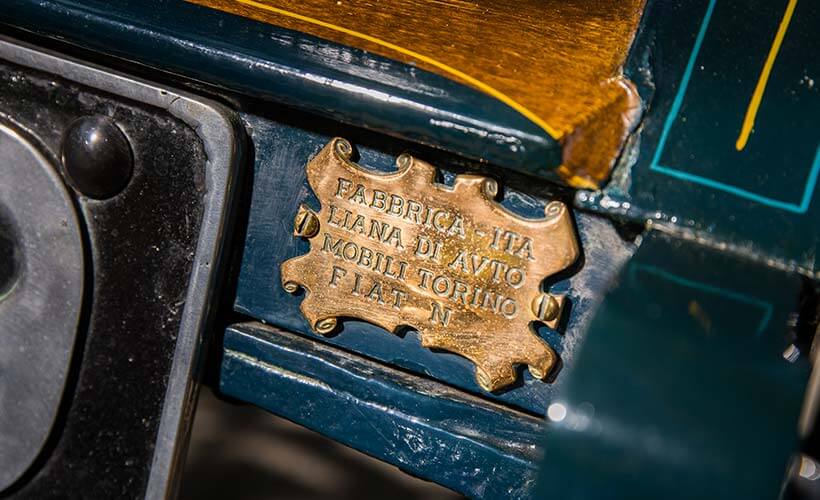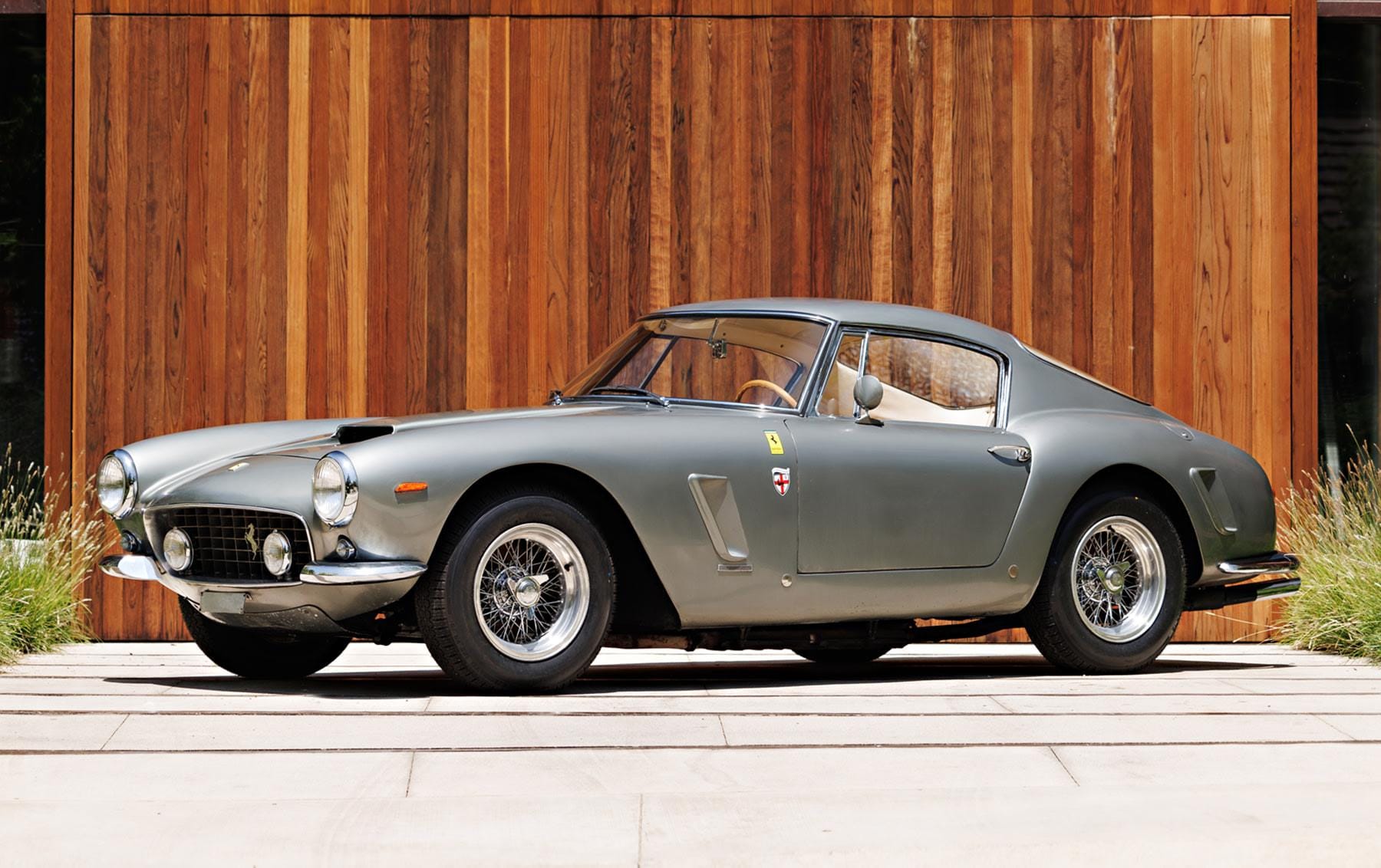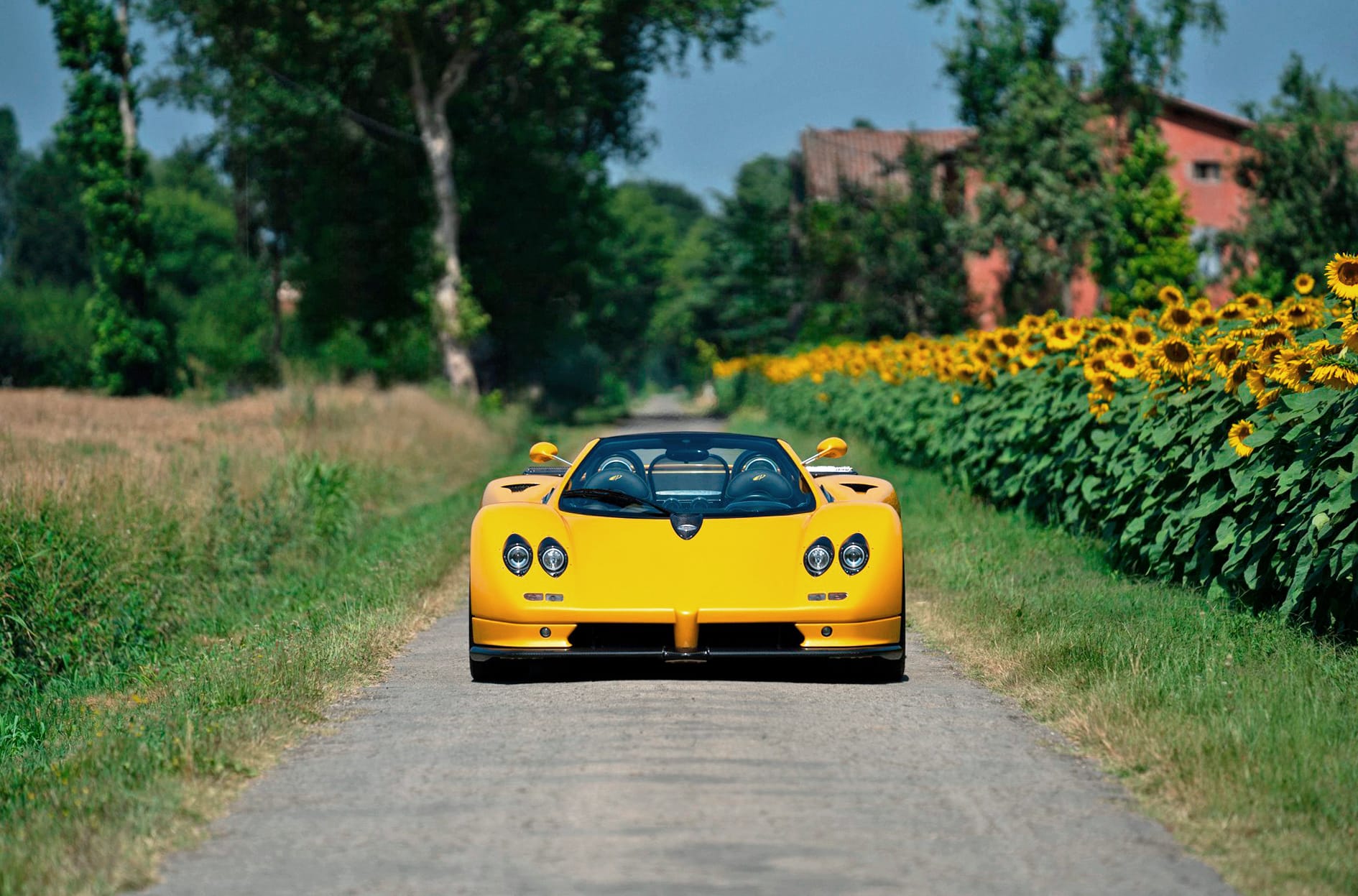Purity: The Essence of Italian Design
Of all the new cars on display at last weekend’s Goodwood Festival of Speed, there was one in particular that we were keen to take a closer look at: the Alfa Romeo 33 Stradale. As we gazed upon this modern reincarnation, we couldn’t help but conjure up images of Scaglione’s original masterpiece, as well as other iconic cars from Italy’s golden era—the Ferrari 250 SWB, Alfa Giulia GT, Lancia Stratos, and Lamborghini Miura, to name but a few. It was then that we were overcome with a desire to understand why the Italians are masters of design, and what it is about those creations that makes them so special. These are questions we set out to answer with the help of a few legendary designers.
Written by Archie Hill for The Apex by Custodian.



The Birth of an Industry
The history of Italian car design dates back to the early 20th century, when Italy began to emerge as a significant player in the burgeoning automotive industry. Companies like Fiat were among the first to produce automobiles in Italy, and their early models, such as the Fiat 3½ HP, were practical and robust, laying the groundwork for Italy's automotive future.



The first Fiat was a link between the horse-drawn carriages the 19th century and the engine-powered mobility of the 20th. Twenty-six cars were made, four of which are still in existence today, one of which is at Beaulieu. The engine delivered 4.2 horsepower and the 3 ½ HP could touch a top speed of 35 km/h // Source: FCA Heritage

However, it wasn't until the post-World War II era that Italy truly established itself as the gold standard of automotive design. The economic boom of the 1950s and 1960s provided fertile ground for innovation, and several key players emerged, including Pininfarina, Giugiaro and Gandini.
What were they doing differently?
To get an idea of what the Italians were doing, it’s important to understand how they approached designing a car:
The Italian approach, I remember we had an ergonomics class. You would think ergonomics is about making the human comfortable inside the car, and in Italy in that class, they were like no, your car is ugly, the side view is ugly, let's recline the human back, let's slide them, they were just doing these weird things with the human driving position just to get a beautiful exterior. In a way I think that sums up a lot of the reasons why Italian car design is so aspirational and romantic. It's this beautiful idea, and yes, there are some compromises, but when you are in the car, the car looks so good, who cares? It's a very distinctly different approach than more of a German or Japanese approach.
Nikita Bridan - Designer of the Half 11, Founder of Oilstainlab


An Emphasis on Purity
The finest Italian designs appear almost minimalist, with few character lines and no unnecessary adornments. It’s a style that heavily influenced one of Britain’s greatest living designers, Ian Callum:
One of my favourite cars is the 250 SWB which was Scaglietti and I think he was at Pininfarina at the time but it was certainly of that era. There was a certain purity about those cars which I completely understood and I admired, still to this day. Even if you looked at a lot of British cars or even French cars, all the BMC cars were designed by Pininfarina and the Peugeots were all designed by Pininfarina. They had a cleanliness and a sort of honesty about them. That sense of simplicity and clean design really influenced me.


The Modern Approach
In recent years manufacturers have gone to extreme lengths to build tributes to their iconic predecessors. Examples include the new Alfa 33 Stradale mentioned earlier, Lamborghini’s new Countach LPI 800-4 (which again reflects the aesthetic principles of the classic 80’s model), and even Ferrari with their 12-Cilindri - a car heavily inspired by the Daytona. The fact that manufacturers are doing this is of no surprise to legendary designer Chris Bangle:
You know, when an artistic culture feels like it's done everything, then it just regurgitates itself. This happened in the arts and in architecture with mannerism in the late Renaissance - which was basically this idea that Michaelangelo had done everything: he was so huge, he was a giant of art, he was a giant of architecture, he could paint, he could sculpt, he could design buildings. In the wake of this one guy, the whole artistic workforce suddenly decided okay, it doesn't get any better than that, and all we could do is just take what he did and skew it. So you wind up with all these bizarre distortions and permutations on architecture and art. We're talking about paintings like Parmigianino’s Madonna with the Long Neck, and we're talking about architectural buildings where they're basically an inside joke, because it's architecture for architects making a joke about architecture, which is kind of car design today. It's car designers making a joke about car design just for car designers, and it's not moving this thing forward. It's manneristically treading water.



Source: Ferrari

The Future of Car Design
Without wanting to sound too downbeat on modern car design, it’s worth noting there are of course manufacturers out there with their own unique design language, who continue to push the boundaries (Pagani certainly springs to mind). But if we want another design renaissance it can only happen if there is an environment within which designers and engineers are given the creative freedom to play with ideas.
“The ugly part of modern cars is honestly just legislation. There's a lot that goes into crash testing in terms of clearances and volumes, that's why the cars are getting bigger and more bloated. You can't really have too many sharp edges. It is a very difficult environment. Everything is designed by committee.”
Nikita Bridan - Designer of the Half 11, Founder of Oilstainlab

It seems then that the allure of Italian car design lies in its unique blend of aesthetic purity, simplicity, and emotional resonance, and as we anticipate the evolution of automotive design in the coming years, it's clear the lessons of the past will continue to act as a source of inspiration.

